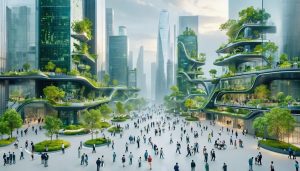
Slash Your Building’s Energy Costs: 7 Retrofit Secrets Revealed
Slash energy costs and boost efficiency with these powerful retrofit secrets:
Unlock massive potential savings by targeting the building envelope first. Air seal gaps, add insulation, and upgrade to high-performance windows.
Optimize HVAC systems with smart thermostats, regular maintenance, and high-efficiency equipment upgrades. Rightsize units for peak performance.
Harness passive strategies like daylighting, shading, and natural ventilation to minimize mechanical system loads. …









